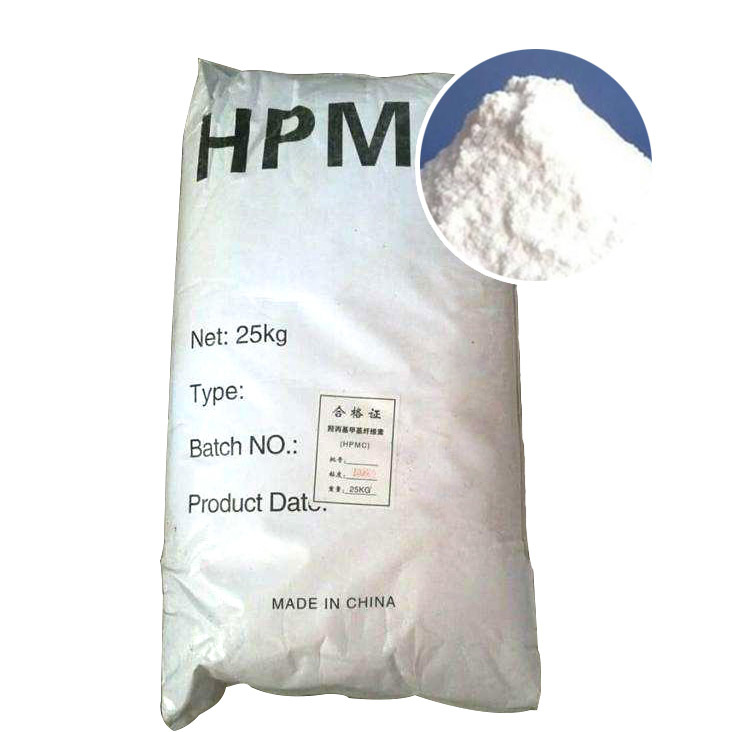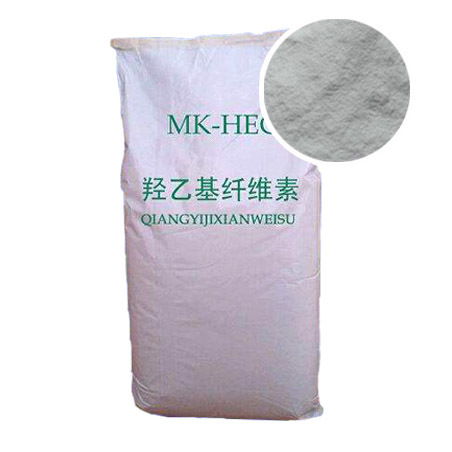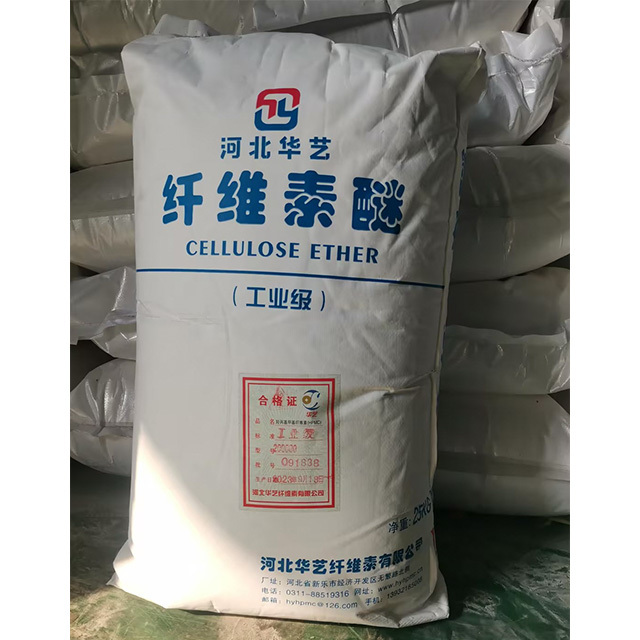Welcome to the official website of Hebei Huayi Cellulose Co., Ltd!
Product classification
Contact Us
Address: North of Wufan Road, Xinle Economic Development Zone, Hebei Province
Telephone:0311-88519316
Manager Chen (WeChat with the same number):13932185008
E-mail:hyhpmc@126.com
Cationic cellulose
Classification:
医药
石油
石油
日化
陶瓷
合成树脂
Detailed introduction
Polyacrylate cellulose sodium salt (PAC) is a white or slightly yellow powder, non-toxic and tasteless. It can dissolve in water, has good thermal stability and salt resistance, strong antibacterial properties, and low viscosity. PAC is a high-quality, low molecular weight, low viscosity cellulose polymer, while high viscosity PAC is a high-quality, high molecular weight, high viscosity cellulose polymer. The mud fluid formulated with this product has good water loss reduction, inhibition, and high temperature resistance. It is widely used in oil drilling, especially in saltwater wells and offshore oil drilling.
1. Application in the fields of oil and natural gas drilling, well excavation, etc.
Drilling fluid and completion fluid technology are important components of oil well engineering, playing a key role in ensuring safe, high-quality, and rapid drilling. As a type of treatment agent used to adjust the performance of drilling fluid and completion fluid, the main role of cellulose derivatives is to reflect water loss reduction and viscosity enhancement.
It is generally believed that the water loss reduction mechanism of polyacrylate cellulose mainly involves: improving the aggregation stability of the system by forming an adsorbed solvation layer on the surface of drilling fluid clay particles; hindering the agglomeration of fine clay particles through protective effects; and reducing the permeability of the mud cake by increasing the viscosity of the filtrate and blocking pores.
Polyacrylate cellulose is easily dispersed in all water-based drilling fluids, suitable from freshwater to saturated saltwater drilling fluids. In low solid phase and no solid phase drilling fluids, it can significantly reduce the amount of water loss and thin the mud cake thickness, and has a strong inhibitory effect on shale hydration. Compared to CMC produced by conventional processes, PAC has the following characteristics:
a. High degree of substitution, uniform substitution, high transparency, controllable viscosity and water loss reduction;
b. Suitable for any water-based mud of freshwater, seawater, or saturated saltwater;
c. The mud formulated with this product has good water loss reduction, inhibition, and high-temperature resistance characteristics;
d. The mud formulated with this product has rheological properties,
e. Can inhibit the dispersion and swelling of clay and shale in high salt media, thus controlling wellbore contamination;
f. Stabilizes soft soil structures, preventing wellbore collapse due to rising water levels;
g. Slows down the accumulation of drilling solids in the mud when the well passes through rock surfaces;
h. Inhibits turbulence in the drill pipe, keeping the return system at minimal pressure loss;
i. Allows the mud to increase the slurry volume and reduce water loss;
p. Can stabilize mud foam.
Therefore, PAC is an ideal inhibitor and water loss reducer. The main fluid of the mud formulated with PAC inhibits the dispersion and swelling of clay and shale in high salt media (monovalent salt), controlling wellbore contamination. Additionally, using PAC to formulate mud workover fluid is low in solid phase, preventing solid blockage of production permeability, thus not damaging the production layer; and the water loss is low, meaning strong water loss resistance, with less water entering the production layer, avoiding water entry that causes water block phenomena due to emulsion blockage. It can prevent permanent damage to the production layer and has the ability to carry out clean wellbore.
2. Characteristics of polyacrylate cellulose sodium salt (PAC)
(1) Suitable for any mud from freshwater to saturated saltwater.
(2) Low viscosity PAC can effectively reduce water loss without significantly increasing system viscosity, especially in high solid content systems.
(3) High viscosity PAC has a high slurry volume and significant water loss reduction effect. It is especially suitable for low solid phase mud and no solid phase saltwater mud.
(4) The mud fluid formulated with PAC can inhibit the dispersion and swelling of clay and shale in high salt media, thus controlling wellbore contamination.
(5) Excellent mud drilling fluid and workover fluid, also an efficient fracturing fluid.
Quality standards:
Polyacrylate cellulose(PAC) Product model, quality indicators |
||||
| Indicator\Model | PAC-HV-1 | PAC-HV-2 | PAC-LV-1 | PAC-LV-2 |
| Degree of substitution | >=0.85 | >=0.9 | >0.95 | >=0.95 |
| Viscosity | >=1600mpa.s | >=1600mpa.s | 50-100mpa.s | 80-100mpa.s |
| Moisture | ≤10% | ≤9% | ≤10% | ≤10% |
| pH | 6.5~8.5 | 6.5~8.5 | 6.0~8.5 | 6.0~8.5 |
2% solution NDJ-79 type viscometer, 25℃
3. Application of polyacrylate cellulose sodium (PAC)
(1) Application of PAC in drilling fluid
PAC is an ideal inhibitor and water loss reducer. The mud fluid formulated with PAC can inhibit the dispersion and swelling of clay and shale in high salt media, thus controlling wellbore contamination. Since PAC has better uniformity of reaction, higher degree of substitution, better transparency, and excellent salt and heat resistance compared to CMC, it shows higher slurry volume (PAC-HV) and lower water loss (PAC-LV) measured by OCMA standards.
(2) Application of PAC in workover fluid
The well repair fluid prepared with PAC is low in solid phase, which does not block the permeability of the production layer due to solids, and will not damage the production layer; it also has a low water loss, which reduces the amount of water entering the production layer, and the water that enters will form a water blocking phenomenon due to emulsion blockage.
The well repair fluid prepared with PAC provides advantages that other well repair fluids do not have;
Protect the production layer from permanent damage;
It has the ability to carry cleaning the wellbore, and reduces the workload of maintaining the wellbore;
It has the ability to resist the infiltration of water and sediment, and produces very little foaming;
It can be stored or transferred between wells, and is cheaper than general mud well repair fluids;
(3) The role of PAC in fracturing fluid
The fracturing fluid prepared with PAC can withstand 2% KCL solution (which must be added when preparing fracturing fluid) and has good solubility. It is convenient to use, can be prepared on-site, and has a fast gelation speed and strong sand-carrying capacity. Its fracturing effect is even more outstanding when used in low permeability pressure formations.
Key words:
Online Inquiry
Fill in your phone number and E-mail information, and we will contact you as soon as possible.










